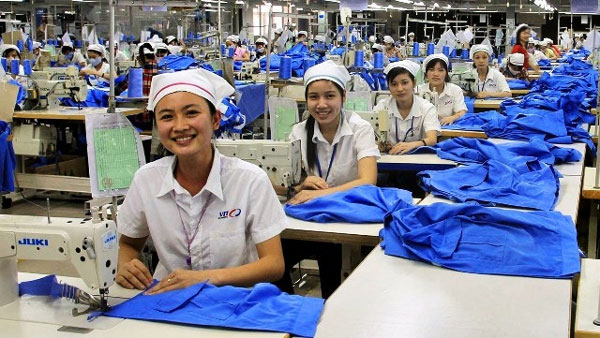A seminar on the prospect of Vietnamese garment exports in 2018 held in Ho Chi Minh City on November 3 where participants at the seminar proposed measures such as fully exploiting the domestic market of more than 90 million people, and maintaining and developing key markets such as the US, EU, Japan, and the Republic of Korea, as well as other markets like ASEAN, Eurasian Economic Union, India, and Latin America.
Also other proper policies should be devised to attract foreign investment in fibre production, weaving, and dying, and mobilizing sources to develop smart garment and textile plants.
Speakers at the seminar said that in addition to advantages and potential, the added value of the garment industry is not high because domestic businesses mainly do outwork for foreign firms. Its weakest point is an undeveloped supply chain, resulting in a lower added value compared to other countries around the world.
Pham Xuan Hong, chairman of the HCM City Association of Garment Textile Embroidery-Knitting (Agtek), pointed out the challenges for the industry in the near future, including greater competition from regional countries like China, Myanmar, and Cambodia.
To overcome barriers and sharpen competitive capacity, Mr. Hong said that domestic businesses must improve workers’ skills and renovate management methods to optimize production and improve efficiency.
He forecast that the garment sector will thrive next year if strategies are implemented effectively to put the industry on the right track. Particularly, businesses are researching new trading methods, which will help create more added value.
However, the Government and other relevant ministries and departments to iron out the snags and increase added values of export garment products have gradually removed hurdles and issued policies to develop the support industry, contributing to the development of the supply chain in the garment sector.









